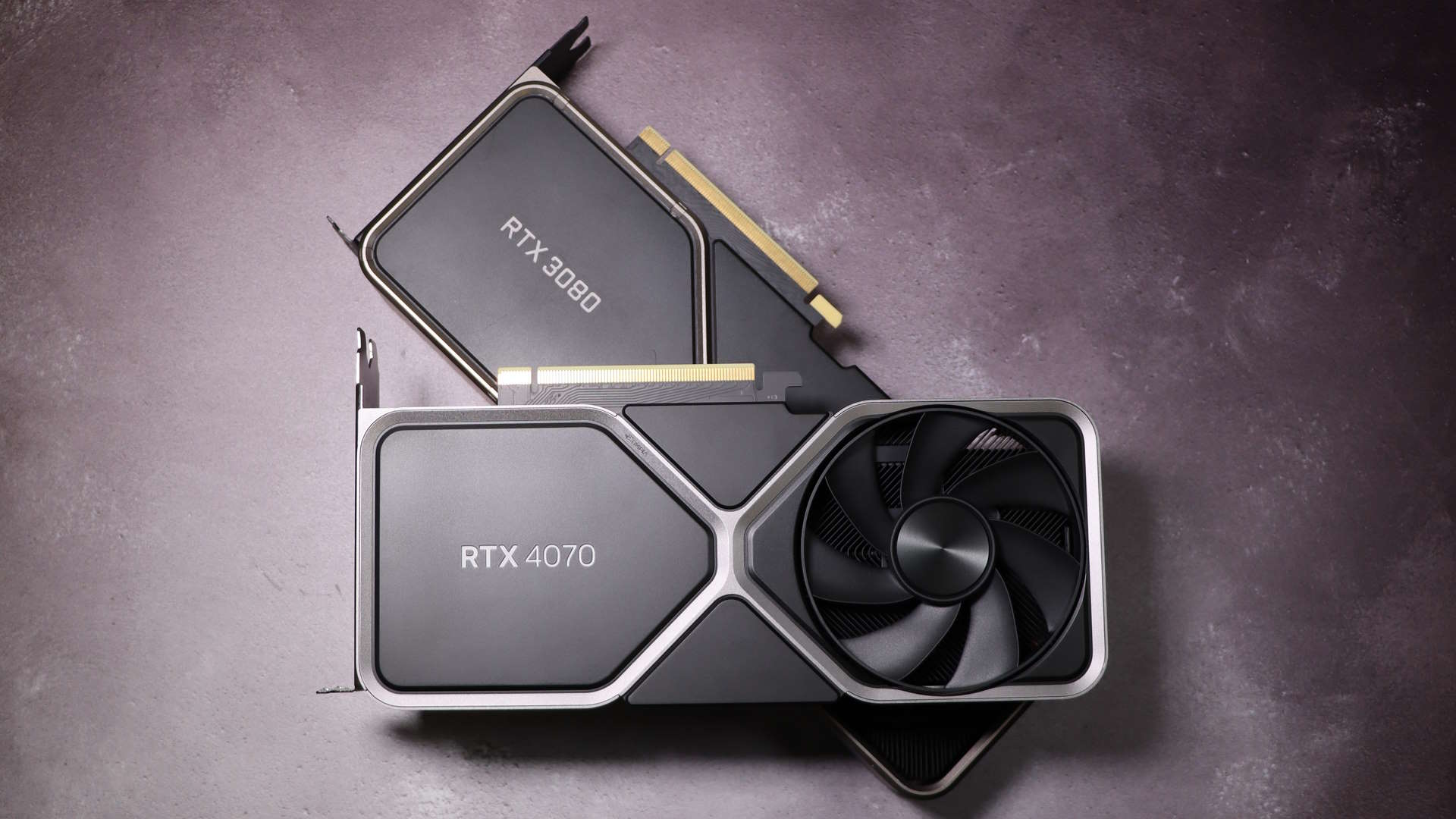Another week, another new GPU rumour! Travelling through the hallways of the web is a claim that AMD's forthcoming RDNA 4 graphics chips will potentially be running at a clock level much higher than we've seen before from Team Red. Specifically, the claims suggest the higher-end version of the next-gen GPUs can boost up to 3.3GHz, a full 20% more than any RDNA 3 chip on the market.
Who's making this claim? Moore's Law is Dead, of course, and since the leaker doesn't have a flawless record when it comes to making accurate predictions (or 'leaks', if you prefer), then it's important to not read too much into any of this. On the other hand, it still makes for a good discussion point as to what AMD can do with its next series of Radeon graphics cards to make them stand out even more from the crowd.
Let's examine the claim in question, namely that RDNA 4 discrete GPU engineering samples are boosting between 3.0 and 3.3GHz. That's a big jump up from the likes of the Radeon RX 7600 XT, which has a boost clock of just 2.755GHz. One of the significant reasons for this increase is the much-stated claim that AMD will be using TSMC's N4P process node for all its GPU fabrication duties.
That's already being used to make chips such as the Ryzen 7 8700G, a monolithic (single die) processor. It has a Radeon 780M GPU inside it and at least one overclocker has managed to squeeze 3.1GHz out of that design, 200MHz more than the stock 2.9GHz value. However, that also required increasing the amount of power the GPU consumes, from the standard 50W up to 83W, and even as high as 153W to get the best graphics performance.
The Radeon 780M is a tiny GPU, though, with just 12 Compute Units or 768 shaders. The Radeon RX 7600 XT sports 2048 shaders and it's one of the smallest GPUs that AMD currently makes.

So while it's possible to get a small RNDA 3 graphics chip, built on a 4nm process node, to run over 3GHz, it's another thing entirely to get a larger processor to do the same. And the chip that MLID is referring to is much larger, with an estimated die area of 300 to 350 square millimetres. That's at least 47% bigger than the GPU in the RX 7600 XT.
Those of you who remember the launch of the RDNA 3 architecture, will probably recall one particular presentation slide that clearly stated that it was 'architected to exceed 3GHz' and yet no commercial release of that design has ever achieved it. And no, overclocking a GPU with masses of excess power isn't the same thing.
One counterargument to this is that MLID is talking about RDNA 4 and that there's a good chance a new design will achieve this. After all, TSMC has plenty of GPU experience with its 4nm process nodes, as Nvidia has been using it for all its Ada Lovelace chips. However, none of those have been boosting past 3GHz, even the small ones.
For the sake of simplicity, let's just assume that the claim is correct, and AMD's next series of Radeon graphics cards will boost north of 3GHz in some models. The superior process node will help to keep the power consumption and heat under control, especially if these GPUs sport the same number of shaders as the current range.

Best CPU for gaming: The top chips from Intel and AMD.
Best gaming motherboard: The right boards.
Best graphics card: Your perfect pixel-pusher awaits.
Best SSD for gaming: Get into the game ahead of the rest.
Without any other improvements, we'd be looking at up to 20% more performance than, say, a Radeon RX 7900 XT (assuming the shader count is equivalent). That's already a decent enough graphics card and if I'm to be frank, it doesn't actually need more performance: It's more than fast enough as it is. What it needs is a better feature set, especially in ray tracing and upscaling technology.
If RDNA 4 is going to be nothing more than a process-scaled RDNA 3 (i.e. essentially the same tech, just clocked higher) then there's not going to be much on offer to tempt PC gamers to upgrade. On the other hand, if the new architecture sports dedicated hardware for doing matrix calculations, which could be used for AI-based upscaling like DLSS Super Resolution, and specialised units for BVH traversals in ray tracing, then we could have a seriously good graphics card waiting just round the corner.
Of course, both Intel and Nvidia are hardly sitting back and doing nothing. The former's Battlemage architecture is expected to be released at some point this year, and we could see Blackwell being launched as a counter to RDNA 4.
The GPU market desperately needs proper competition, from both AMD and Intel, to help combat the ever-rising cost of desktop graphics cards. I'm not hugely confident about seeing a 3.3GHz Radeon any time soon but if we're given something that's just a more capable, all-round GPU, I'll be a happy chap.






